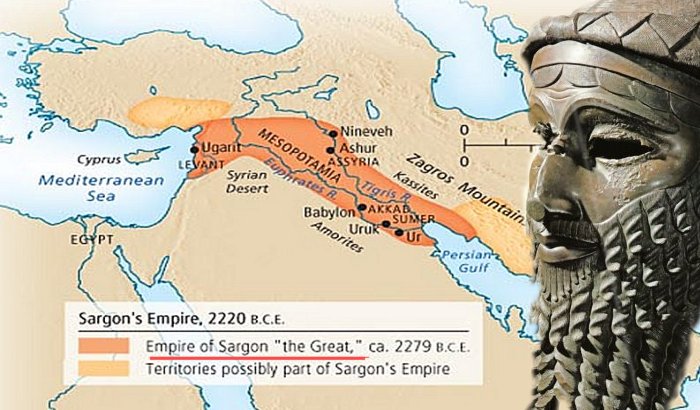How Did Sargon Become The Most Powerful Ruler Of Mesopotamia?
A.Sutherland - AncientPages.com - In 2334 BC, Sargon became the first emperor in the history of the world. Most probably, his great Akkadian kingdom was not a new creation and Sargon was only the successor to the long-established dominance of the city-state of Kish.
He was, however, one of the strongest known leaders in the first empire in the world.
He came from a humble background but eventually rose to the prestigious position of cup-bearer to Ur-Zababa, the king of Mesopotamia, who ruled the city of Kish, because of this position, Sargon was given leadership over an army.
Kish City (dated back 5,000 years), survived the Great Flood that happened some 7,600 years ago and was mentioned in Jewish, Christian, and Muslim scriptures. Kish is also well-known because this is the site strongly related to the famous King Sargon of Akkad.
Sargon - A Powerful Politician
He united the independent regions of Sumer into one state organism. But before Sargon’s fame could spread he had to get rid of Lugalzagesi ensi (“sacred king”) of the southern Mesopotamian city of Umma. Lugalzagesi reigned ca. 2375–50 BC, and it was before Sargon’s time.
This ruler was also a conquerer, who seized most of the territory of Lagash under king Urukagina (ca. 2375 BC), Kish, and the Sumerian cities of Ur and Uruk. He also had certain achievements that included uniting all of Sumer and extending his power to the Mediterranean coast but without annexation of the remote territories to his kingdom.
After the 25 year-long rule, King Lugalzagesi was eventually defeated by Sargon of Akkad, who became the ruler over large territories.
Sargon annexed the neighboring cities to his kingdom, invaded and conquered neighboring Sumer, Elam (western Iran), and Syria. He further reached Asia Minor, the Mediterranean Sea, and the Arab Gulf region. He founded or restored the already existing city of Akkad and made it the capital of the Akkadian Empire.
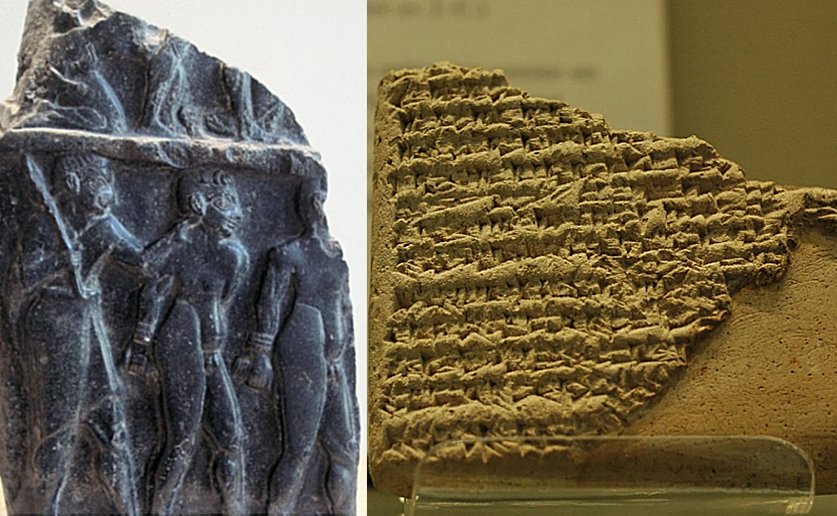 Left: Prisoners escorted by a soldier, on a victory stele of Sargon of Akkad, circa 2300 BC.
Left: Prisoners escorted by a soldier, on a victory stele of Sargon of Akkad, circa 2300 BC.
The hairstyle of the prisoners (curly hair on top and short hair on the sides) is characteristic of Sumerians, as also seen on the Standard of Ur. Image credit: Louvre Museum. Right: A cuneiform tablet in the Sumerian language, telling about the birth of Sargon and his quarrel with King Ur-Zababa of Kish. The plate of the old Babylonian period. Source: Louvre Museum
No doubt, Sargon whose name means “the rightful king”, contributed to the greatness of Akkad that became the dominant political force in Mesopotamia, and raised the Akkadian state to the level of a well-administered empire.
During his reign from 2334-2279 BC, the country flourished. He regulated the irrigation canal network throughout the empire, organized a permanent army; reformed the system of measures and weights, roads were constructed and a postal system was created by using royal seals.
During his reign, attempts were also made to survey the population, and trade flourished between the Kingdom of Akkad the Indus Valley (in today's Pakistan), Oman, and islands in the Persian Gulf. Many highly prized products like lapis lazuli from today's Afghanistan, cedarwood from Lebanon, and silver from the Taurus Mountains were imported to the kingdom of Sargon.
Sargon’s rule lasted fifty-six years, and during this time, Akkadian language became the official language of Mesopotamia. No doubt, these were Sargon’s accomplishments that considerably helped to strengthen of Akkad’s dominant role.
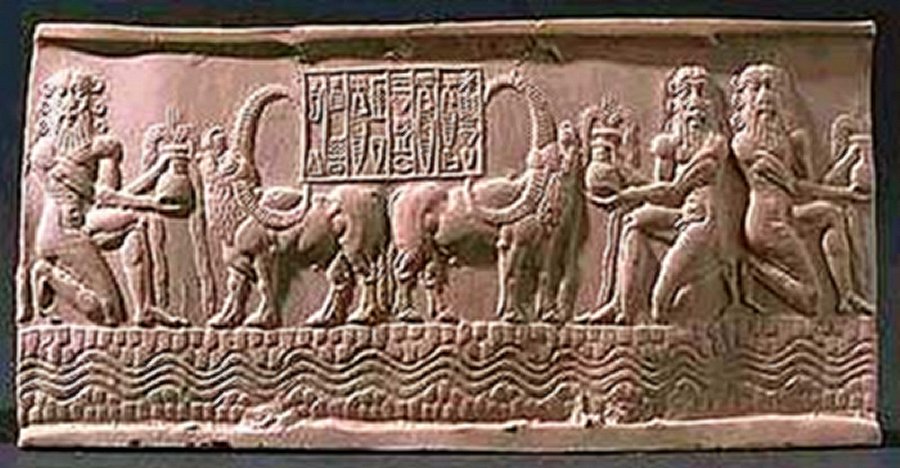 Impression of the Sharkalisharri cylinder seal, ca. 2183- 2159 BC during Akkadian, reign of Shar-kali-sharri. Mesopotamia. Cuneiform inscription in Old Akkadian. Credits: Louvre Musée
Impression of the Sharkalisharri cylinder seal, ca. 2183- 2159 BC during Akkadian, reign of Shar-kali-sharri. Mesopotamia. Cuneiform inscription in Old Akkadian. Credits: Louvre Musée
Several successful military campaigns helped him maintain order in the empire, however, not for long.
The ruler began to experience uneasiness and turbulence in the empire and faced repeated revolts. Some say, the ruler was punished by gods for some reason; however, if we rely more on historical sources that make attempts to separate fiction from the truth, Sargon’s ruling abilities were not satisfactory enough to keep the kingdom intact.
Toward the end of his reign, Sargon’s powerful and flourishing capital was besieged, but just before his death in 2279 BC, he managed to pass his empire to his sons for a period of 150 years.
At first, his successor was his son Rimush; after Rimush's death another son, Manishtushu, became king of Akkad, and finally, Manishtushu would be succeeded by his own son, Naram-Sin, who ruled 2261-2224 B.C and was the last great king of the Akkadian Empire.
Under Sharkalisharri c. 2217-2193 BC, the son of Naram-Sin, the Akkadian Empire collapsed.
Interestingly, his capital at Akkad is a legendary place because it has never been discovered, on the bank of the Euphrates River.
The city is mentioned in ancient texts but has not yet been identified by archaeologists. Several places have been proposed as the city of Akkad; Babylon, Sippar or possibly Kish, where Sargon first seized power.
Written by – A. Sutherland - AncientPages.com Senior Staff Writer
Copyright © AncientPages.com All rights reserved. This material may not be published, broadcast, rewritten or redistributed in whole or part without the express written permission of AncientPages.com
Expand for referencesReferences:
Malliaras T. Sargon the Great of Akkad 2340-2284 BC
Charles N. Pope, Living in Truth: Archaeology and the Patriarchs
More From Ancient Pages
-
 Unexplained Historical Mass Disappearances – Lost Without Trace – Part 1
Featured Stories | May 31, 2019
Unexplained Historical Mass Disappearances – Lost Without Trace – Part 1
Featured Stories | May 31, 2019 -
 Vikings: Facts And History About The Tough Norse Seafaring People
Ancient History Facts | Mar 13, 2017
Vikings: Facts And History About The Tough Norse Seafaring People
Ancient History Facts | Mar 13, 2017 -
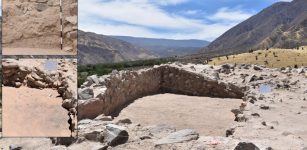 1,200-Year-Old Wari Temple Discovered In Peru
Archaeology | Feb 24, 2023
1,200-Year-Old Wari Temple Discovered In Peru
Archaeology | Feb 24, 2023 -
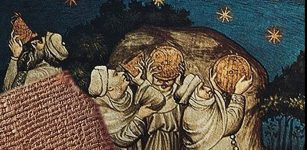 MUL.APIN Tablets: Babylonian Knowledge Of Astronomy And Astrology Recorded In Cuneiform Writing
Artifacts | Sep 27, 2019
MUL.APIN Tablets: Babylonian Knowledge Of Astronomy And Astrology Recorded In Cuneiform Writing
Artifacts | Sep 27, 2019 -
 DNA Reveals Unique Ancestry Of Inhabitants Of The Angolan Namib Desert
DNA | Oct 3, 2023
DNA Reveals Unique Ancestry Of Inhabitants Of The Angolan Namib Desert
DNA | Oct 3, 2023 -
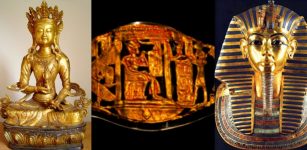 Ancient Sophisticated Technologies: Mercury-Based Gilding That We Still Can’t Reach
Ancient Technology | Aug 1, 2018
Ancient Sophisticated Technologies: Mercury-Based Gilding That We Still Can’t Reach
Ancient Technology | Aug 1, 2018 -
 Population Pressure And Prehistoric Violence In The Yayoi Period Of Japan
Archaeology | Aug 30, 2021
Population Pressure And Prehistoric Violence In The Yayoi Period Of Japan
Archaeology | Aug 30, 2021 -
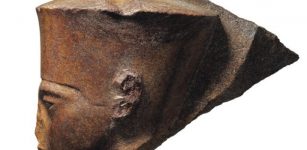 3,000-Year-Old Tutankhamun’s Head Sculpture Is Expected To Be Sold On Thursday In London
Archaeology | Jul 2, 2019
3,000-Year-Old Tutankhamun’s Head Sculpture Is Expected To Be Sold On Thursday In London
Archaeology | Jul 2, 2019 -
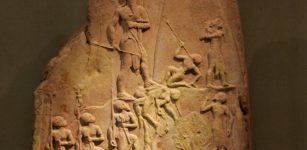 Did Climate Change End The Akkadian Empire?
Civilizations | Jul 17, 2019
Did Climate Change End The Akkadian Empire?
Civilizations | Jul 17, 2019 -
 Clurichaun – Little Naughty And Drunken Fellow Akin To Leprechaun In Irish Folklore
Featured Stories | Sep 13, 2019
Clurichaun – Little Naughty And Drunken Fellow Akin To Leprechaun In Irish Folklore
Featured Stories | Sep 13, 2019 -
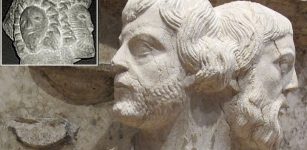 Two-Faced Great Roman God Janus – Symbol Of All Beginnings And Endings
Featured Stories | Apr 9, 2021
Two-Faced Great Roman God Janus – Symbol Of All Beginnings And Endings
Featured Stories | Apr 9, 2021 -
 Hulagu Khan Destroyed Thousands Of Priceless Ancient Books Kept In The House Of Wisdom In Baghdad
Ancient History Facts | Jun 21, 2018
Hulagu Khan Destroyed Thousands Of Priceless Ancient Books Kept In The House Of Wisdom In Baghdad
Ancient History Facts | Jun 21, 2018 -
 Peculiar Ancient Stone Disk Could Be World’s Oldest Celestial Map
Archaeology | Jan 3, 2024
Peculiar Ancient Stone Disk Could Be World’s Oldest Celestial Map
Archaeology | Jan 3, 2024 -
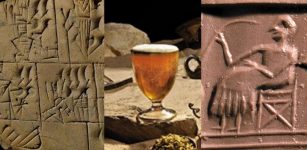 Ninkasi – Sumerian Goddess Of Beer And Alcohol – The Hymn To Ninkasi Is An Ancient Recipe For Brewing Beer
Featured Stories | Feb 27, 2019
Ninkasi – Sumerian Goddess Of Beer And Alcohol – The Hymn To Ninkasi Is An Ancient Recipe For Brewing Beer
Featured Stories | Feb 27, 2019 -
 Ancient Mystery Of Peculiar Nail With Six Faces And Six Eyes – Unusual Discovery In Borgholm Castle, Sweden
Artifacts | Jan 8, 2017
Ancient Mystery Of Peculiar Nail With Six Faces And Six Eyes – Unusual Discovery In Borgholm Castle, Sweden
Artifacts | Jan 8, 2017 -
 Lejre Viking Hall And Beowulf – What Is The Connection?
Featured Stories | Jun 3, 2024
Lejre Viking Hall And Beowulf – What Is The Connection?
Featured Stories | Jun 3, 2024 -
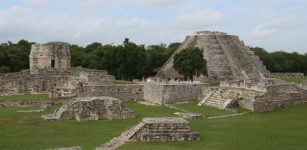 Collapse Of Ancient Mayan Capital Linked To Drought – New Study Suggests
Archaeology | Aug 20, 2022
Collapse Of Ancient Mayan Capital Linked To Drought – New Study Suggests
Archaeology | Aug 20, 2022 -
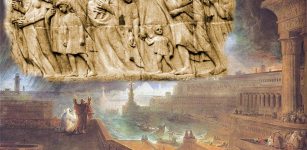 Is Ipuwer Papyrus A Report Of An Ancient Catastrophe?
Artifacts | Aug 7, 2017
Is Ipuwer Papyrus A Report Of An Ancient Catastrophe?
Artifacts | Aug 7, 2017 -
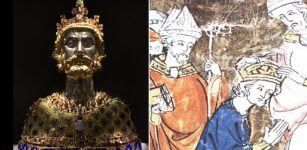 Mystery Of The Controversial Phantom Time Hypothesis
Featured Stories | Mar 21, 2019
Mystery Of The Controversial Phantom Time Hypothesis
Featured Stories | Mar 21, 2019 -
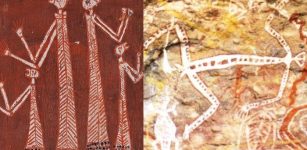 Immortal Mimi Spirits In Beliefs Of Aborigines Of Arnhem Land
Featured Stories | Mar 26, 2020
Immortal Mimi Spirits In Beliefs Of Aborigines Of Arnhem Land
Featured Stories | Mar 26, 2020

